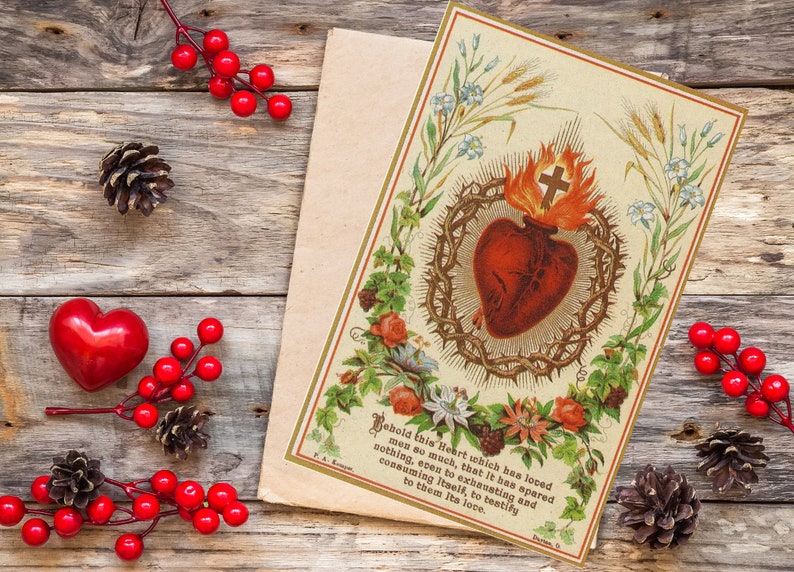From the temples of ancient Sumer to the forests of Native America, the owl appears as a frequent and remarkably consistent symbol of the spirit world.
First drawn on prehistoric cave walls, the owl can be associated with religion as early as 2000 BCE as evidenced by the The Queen of the Night Relief, a 4000 year old terracotta base relief presently located in the British Museum in London. The relief depicts a winged Sumerian goddess flanked by two large owls and the owls are not decorative but highly symbolic.
The goddess was called Inanna or 'Divine Lady Owl'. She was strongly linked to the underworld through The Descent of Innana a story which some modern scholars see an as allegory to the movements of Venus, Mercury and Jupiter.
The myth is related on a series of clay tablet from the Queen of the Night period and tells of Inanna's descent into the underworld during the dark of the moon. She was to associated with the planet Venus and known to the as Ishtar. Though there is no direct connection, some authors have associated Inana with Lilith whom the ancient Hebrews.
In Pagan Europe, the ancient Celts also saw the owl as a symbol of the underworld - an association that has perhaps survived as the owl of - while in other cultures the symbolism centered on the soul. In Australia the aboriginal people believed owls to be the souls of women while the Ainu of Japan held the Eagle Owl to be alternately a a divine ancestor or a messenger of the gods. In Romania, folktales say that forgiven souls fly to heaven in the guise of Snowy Owls.
In the Americas, the Aztec god of death, was often depicted with owls and the Hopi god of death was believed to be an owl. In Mexico, the Little Owl was called "messenger of the lord of the land of the dead", and flew between the land of the living and the dead. In the Sierras, native peoples believed that the Great Horned Owl captured the souls of the departed and carried them to the underworld. Several different Native Northern American traditions including the Mojave believed that the soul turned into an owl at death.
The mythology of multiple cultures places the symbolism of the owl firmly in the spirit world. His mythic role however is largely positive. As a messenger of the gods he is sacred, a bearer of divine knowledge and a facilitator of communication between the worlds. As a guide, he bridges the gap between life and death, but more correctly: the space between this reality and the next.









Post a Comment
Please share your thoughts!